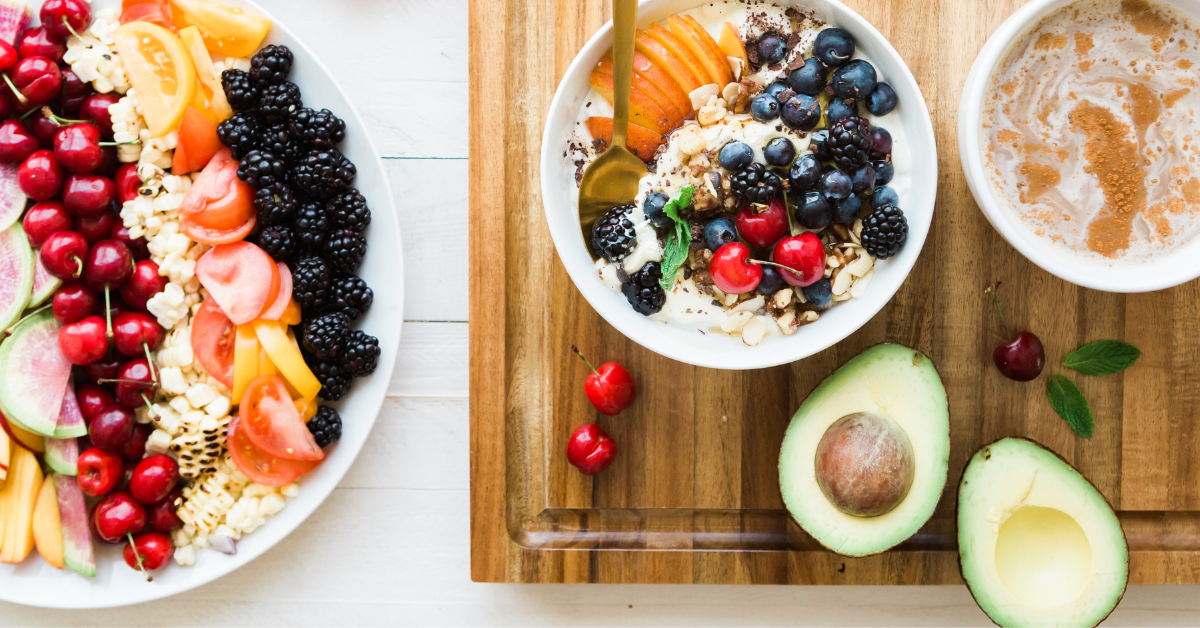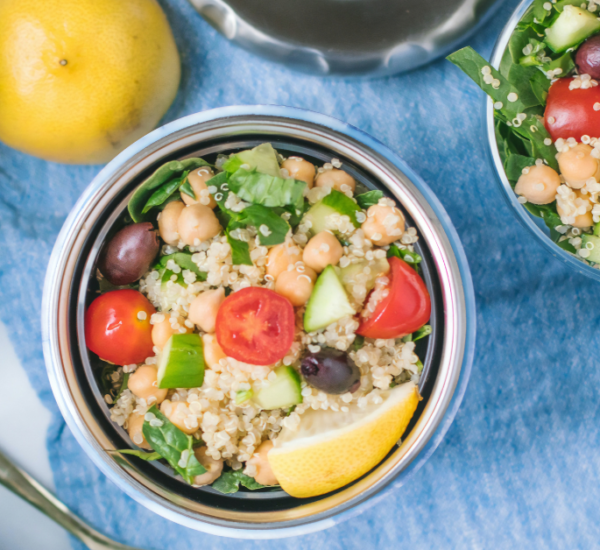With the vast amount of (often conflicting) dietary advice available at our fingertips, it is no wonder so many of us are left feeling confused when it comes to the role different food groups play in a healthy diet. But, I am here to tell you some great news – ‘Eating fat keeps you slim’ ….yes, you read that right! Let me say it again – ‘Eating fat keeps you slim’.
For those of you who have struggled with weight loss and low-fat diets in the past, hold on tight. This one’s for you.
What is Fat, exactly?
Fat is an essential nutrient. One of the three macronutrients in fact, with protein and carbohydrate being the other two.
Fat is essential in our diets to provide the fatty acids needed for healthy hormones, vitamin absorption, healthy hair and skin and lots of other bodily processes.
The catch with fat is that unlike protein and carbohydrates that contain only 4 calories per gram, fat contains 9 calories per gram. This means that a little goes a long way when it comes to the energy it provides.
This energy density is one of the reasons why low-fat diets were popular for so long AND why fat was labelled bad. Low fat eating meant that meal portions (and volume of food on your plate) could be much higher. But if you’re reading this, you probably already know that large volumes of food don’t always mean that you are full or satisfied, and that it’s the satiety of foods that it really comes down to.
This is where fat exits the virtual ‘naughty corner’ and makes a triumphant return to our plates!
So why should we eat fat, you may ask?
Two main reasons:
1) Fat keeps you full by signalling your fullness cues and settling the roller coaster of sugar cravings.
2) Fat tastes good. By adding a measure of oil, avocado, nuts (or even a little butter), you’re helping to tickle your tastebuds and satisfy your stomach (and brain!). A definite win-win.
SO…. What does science say?
Every year, thousands of small weight loss studies are published around this topic. Each claiming, for one reason or another, that ‘low fat eating’ OR ‘low carb eating’ is better. These discrepancies in findings don’t make things easy for us, that’s for sure.
The good news?
One of the biggest human (a lot of smaller studies are conducted on animals) randomised control-trials ever conducted may have the answer. This trial (called DIETFITS ) showed that after 1 year, BOTH a low-fat diet OR a low carb diet produced the same weight loss and reduction in metabolic risk markers, as long as calories and protein were the same and essential nutrient requirements were met. This trial is further evidence that you should choose your eating habits based on your own personal preferences and health goals and your ability to sustain these habits for the long haul.
So how much fat should we be having?
According to the Australian Dietary Guidelines, the recommended allowance for unsaturated spreads and oils per day is two serves for women and four for men (two for men over 70).
A serving is equal to:
- 10g OR 2 ½ teaspoons polyunsaturated spread, such as sunflower or flaxseed-based butter
- 10g OR 2 ½ teaspoons monounsaturated spread, such as tahini (sesame) or avocado
- 7g OR 1 ½ teaspoons polyunsaturated oil, such as olive or canola oil
- 10g OR 2 ½ teaspoons tree nuts or peanuts or nut pastes/butters
For recipes that put these servings into practice, see here.
Remember that it’s important to concentrate on reducing harmful saturated and trans fats (from fatty cuts of meat, processed foods and baked goods) whilst increasing the above mentioned healthy fats.
There is no doubt that eating too much fat makes weight reduction harder. But then, too much of anything makes weight reduction hard. The best approach is to include all food groups with as little processing as possible. Wholefoods, fruits, vegetables and then fats coming from your oily fish, olives, avocado, nuts and seeds in your diet. For a handy guide, check out this blog.
For further help and guidance bringing natural fats back into your meals visit us here














